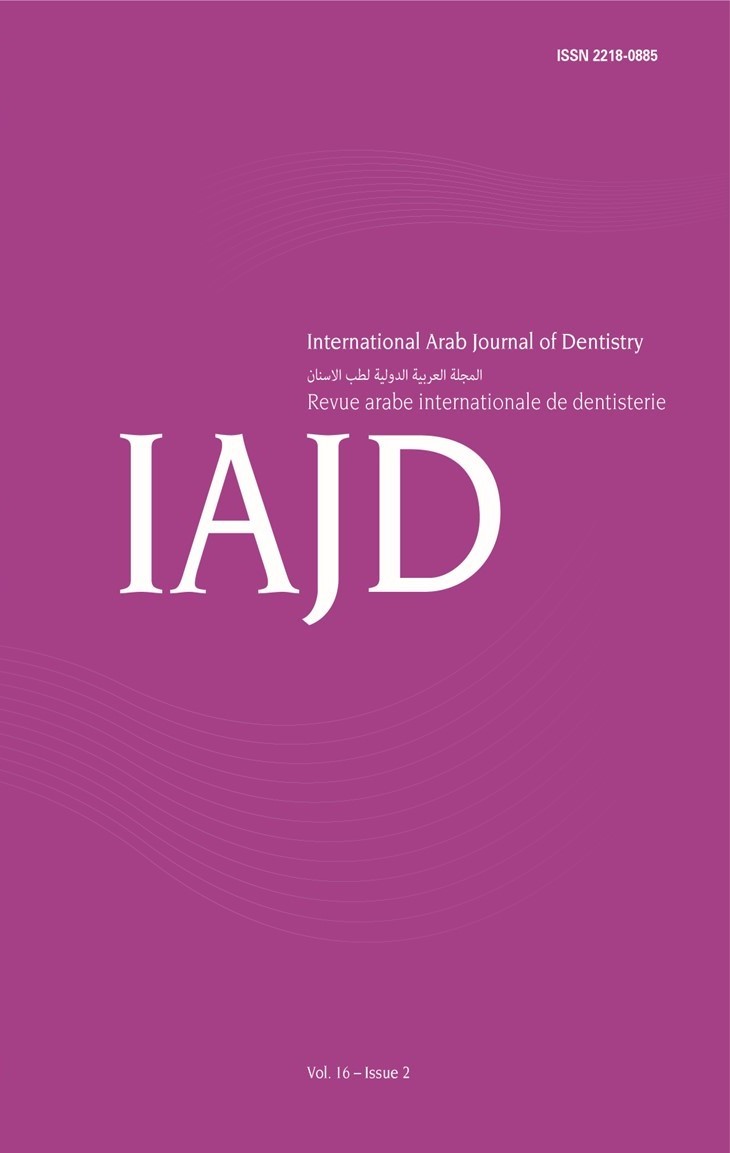Abstract
Introduction: Laminate veneers can alter the final shade depending on factors like resin cement shade or material used. Other factors such as ceramic thickness and translucency will be discussed in this study.
Methods: The study sample consists of 60 discs made of lithium disilicate glass ceramic divided into four groups (HT, LT, MO, HO) according to their translucency; each group was subsequently divided into three subgroups (1, 0.75, 0.5 mm) according to their thickness. L, a, b values were measured for each disc. One-Way ANOVA was carried out with a 95 % confidence interval.
Results: Statistical analysis showed a significant difference between all groups in L, a, b and ΔE parameters.
Conclusions: MO and HO translucencies have the ability to mask substrate shade and affect value, whereas HT and LT translucencies have a slight ability to modify substrate hue without any noticeable change in value. Increasing ceramic thickness can aid in shade modification.

